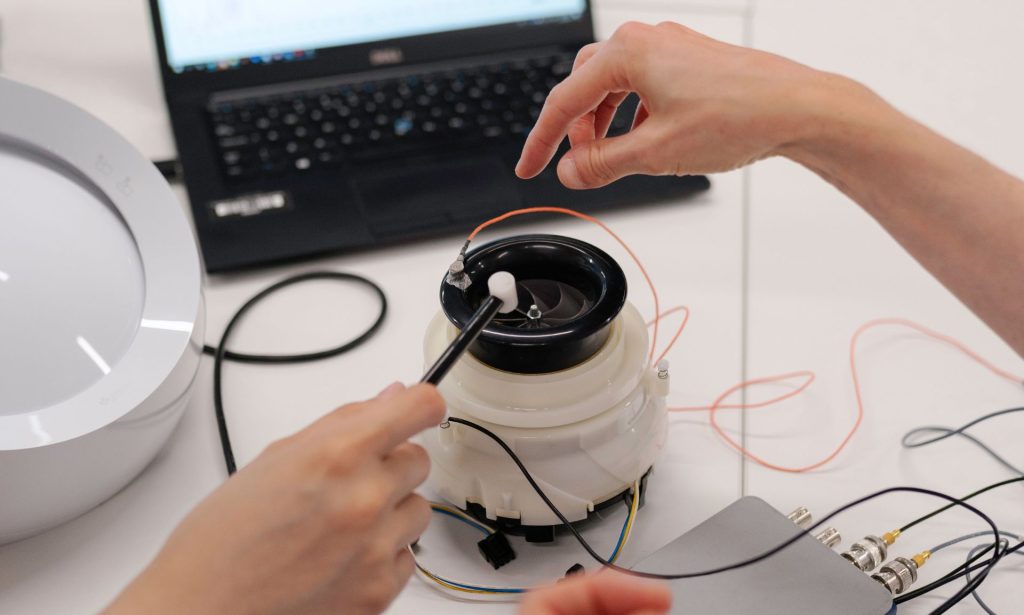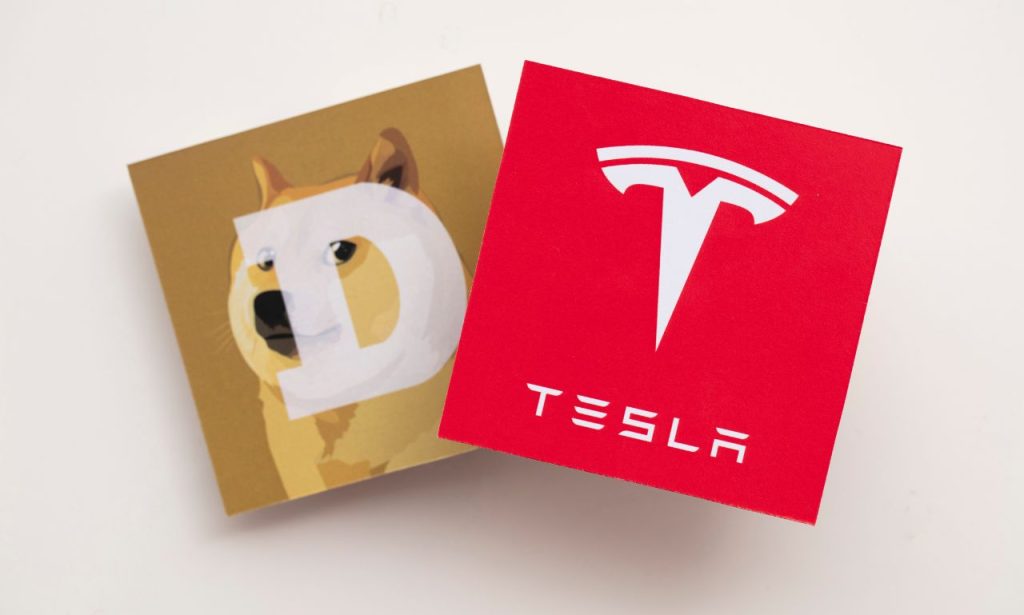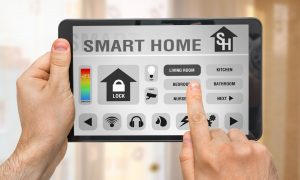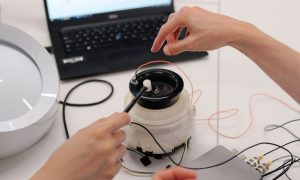Innovation doesn’t come easy. You need to create, test, and fail over and over until you get it right. And that’s where test environments come into play. Imagine a space where companies run trials, make mistakes, learn quickly, and pivot—all without the fear of significant losses. Curious about what companies used test environments to innovate? Let’s dig into the details and explore how these testing playgrounds are driving progress.
The Concept of Test Environments
Test environments are like a playground where products, ideas, and innovations are put through the paces before they see the light of day. It’s about creating a safe zone, replicating real-world scenarios to perfect a product or service.
- Controlled Setting: Test environments allow companies to control all variables. Think of it as a sandbox where anything can be built and torn down without any impact on the world outside.
- Simulated Real-World Conditions: Companies create environments that simulate real conditions so they can understand how a product will behave when it’s out there in the wild.
- Early Failures, Lower Costs: Fail fast, fail early—test environments are the perfect places to make mistakes and learn from them before it costs millions.
Test environments are not just limited to software development. They span across industries like automotive, pharmaceuticals, aerospace, and even retail, providing a space where new ideas can be safely experimented on before being rolled out to the public. These environments offer a mix of physical and virtual elements, creating a setting as close as possible to real-world conditions.
Whether it’s an automated assembly line, a drug trial, or a self-driving car prototype, test environments serve as the space where innovative solutions are born and nurtured. In a world that demands innovation and rapid market releases, the importance of testing in a controlled setting cannot be overstated.
Why Companies Use Test Environments for Innovation

Ever wondered why companies spend so much on creating elaborate test environments? It’s because they offer invaluable advantages that help bridge the gap between an idea and a viable product. By creating a controlled setting that mimics real-world scenarios, companies are able to identify potential problems before they become customer complaints. Let’s explore the various reasons companies use test environments to innovate.
Enhancing Product Development
The process of product development involves numerous stages, each of which requires thorough testing to ensure quality. This is where test environments shine, offering a place for companies to perfect their products.
- Visual Testing: By visualizing the product in different real-world scenarios, companies make sure the product feels and functions exactly how customers want it. Visual testing includes assessing the physical aspects and appearance of a product in different conditions, such as lighting or terrain.
- Rapid Experimentation: The costs of experimentation are high, but in test environments, it’s cheaper to experiment—less risk and more reward. Companies can easily identify flaws without significant consequences, allowing them to refine their innovative products before releasing them.
- Customer Feedback and Preferences: Before launching a new product, companies can use these environments to collect customer preferences and fine-tune the product to suit them. Real-world testbeds allow companies to understand how users interact with the product in a controlled setting, giving valuable insight into design improvements.
- Regression Testing: Test environments also make regression testing possible—checking whether new features negatively impact existing functionalities. This is crucial for ensuring that new changes do not introduce unforeseen issues.
Facilitating Autonomous Vehicle Testing
When it comes to autonomous vehicles, safety is key. Companies like Tesla and Ford rely on test environments to make sure their vehicles can handle all the chaos of real roads without causing disasters.
- Simulated Real-World Scenarios: Autonomous vehicles are tested in environments designed to replicate real-life driving scenarios—from busy urban roads to unpredictable weather conditions. The goal is to expose the vehicle to every possible variable and ensure that the autonomous system can make safe and accurate decisions.
- Continuous Testing: The automotive industry relies on continuous testing to make sure every iteration of their self-driving tech is better and safer than the last. Self-driving cars go through countless simulations and real-world tests to ensure that every line of code, every sensor, and every algorithm performs optimally.
- Shift-Left Testing: This approach involves incorporating testing early in the development cycle. In the context of autonomous vehicle testing, it means identifying potential risks and implementing fixes at an early stage. This reduces the chances of major setbacks later in development.
Optimizing Manufacturing Processes
Companies like Boeing use test environments to optimize manufacturing processes and innovate more efficient production methods. This is particularly true for industries that produce complex machinery or require stringent quality control.
- AI-Augmented Testing: Artificial Intelligence is used to improve testing efficiency and to predict faults before they happen, reducing downtime in the production line. AI-driven testing allows manufacturers to simulate different production scenarios, identify potential issues, and develop solutions faster.
- Digital Twins: Companies use digital twins, which are virtual replicas of physical processes, to test and optimize manufacturing workflows. This lets them tweak the process without affecting the production floor, resulting in faster cycles and improved products.
- Minimizing Costs: Test environments help industry leaders keep a tight grip on manufacturing costs by detecting flaws before they turn into expensive issues. Catching problems early minimizes wastage, maintains quality standards, and keeps costs under control.
Innovations in Software Testing
Software testing companies use test environments extensively to ensure their products meet the highest standards of reliability and efficiency.
- Functional Testing: In test environments, functional testing helps evaluate if software behaves as expected. Testing efficiency is crucial in ensuring that functionalities work seamlessly without any unintended side effects.
- AI-Powered Test Automation: Software testing companies leverage AI-powered tools to automate regression, functional, and security testing. AI can perform these tests quickly, providing vast amounts of data that can be analyzed to make necessary improvements.
- Contract Testing: Contract testing is used in software development to ensure that individual components of an application work together as expected. This ensures that as each feature is added, the overall integrity of the application remains intact.
Leading Companies and Their Use of Test Environments
Now that we’ve discussed why test environments matter, let’s look at what companies used test environments to innovate and how they did it.
Tesla

Tesla has revolutionized the automotive industry through innovation. One of Tesla’s key advantages is its use of sophisticated test environments to improve its electric cars and autonomous features.
- Simulated Testing Environments: Tesla uses virtual environments to test autonomous driving features. From speed control to hazard detection, they test it all before the tech reaches your driveway. Simulated testing helps Tesla to test thousands of scenarios without ever putting a real car on the road.
- Rapid Feedback and Iterations: Tesla’s secret sauce is how quickly they iterate based on data gathered in these controlled environments. Every test failure is another step toward a safer ride.
- OTA Updates: Tesla relies on over-the-air (OTA) updates to deploy software improvements to its vehicles. Before releasing these updates, they undergo rigorous testing in simulated environments, ensuring that customer safety and experience are never compromised.
Boeing
Boeing is synonymous with aviation innovation, and they employ elaborate test environments to push the limits of aircraft design and safety.
- Wind Tunnels and More: Boeing has vast testing environments, including wind tunnels where they test the aerodynamic features of new models. These tests provide insights into how aircraft will perform under varying weather conditions.
- Real-World Conditions: Boeing replicates real-world conditions—like high altitudes, turbulence, and extreme temperatures—to make sure their aircraft can handle the toughest situations. This ensures that every aircraft is prepared for both routine and unexpected challenges.
- Noise Control: Boeing uses specific testing environments to reduce noise pollution. Control Instruments Corporation assists in conducting noise control tests, ensuring that aircraft noise remains within permissible limits.
Nike
When it comes to sportswear, Nike is always at the forefront of innovation. Nike uses test environments to ensure that their products give athletes the performance edge they need.
- Athlete Simulation: Nike’s innovative products are tried and tested in simulated environments designed to mimic athletes’ real-world conditions. Whether it’s a running shoe or a basketball sneaker, Nike uses athlete simulation labs to test products under real-life stress.
- Testing Efficiency: By using controlled environments, Nike reduces the risk of launching products that don’t perform as intended. This leads to better customer satisfaction and a stronger brand reputation.
- Biomechanical Analysis: Nike leverages biomechanics in their testing environments to analyze how their products interact with the human body, ensuring that each item meets performance standards.
Ford
Ford is one of the pioneers in autonomous vehicle technology, and their use of test environments has been instrumental in advancing their goals.
- Automotive Industry Standards: Ford is big on using simulated environments to innovate in the autonomous driving space. They test everything—from handling tight curves to detecting pedestrians in poor visibility. These test environments are crucial for ensuring safety before real-world deployment.
- Control Panels for Testing: These controlled tests give Ford the insight they need to keep pushing forward with safe and efficient technology. By using control panels and simulated scenarios, they test every aspect of the vehicle’s performance.
- Location Innovation Hub: Ford has established an innovation lab where they use simulated environments to test new technologies. This hub provides a safe space to innovate without the risks associated with road testing.
Amazon
Amazon is all about efficiency, and test environments are key to its success in logistics, warehousing, and customer satisfaction.
- Warehouse Automation: Amazon has test environments where they simulate real warehouse conditions, from inventory stacking to order fulfillment. Testing robots in these controlled settings helps them avoid hiccups when rolling out automation to their vast warehouse network.
- AI-Powered Innovation: With AI-driven testing, Amazon makes sure their systems—from robotics to logistics—work seamlessly, all to enhance customer experience and satisfaction.
- Testing User Interfaces: Amazon also uses test environments for its digital products. They employ A/B testing extensively in controlled settings to optimize their website and app interfaces based on customer feedback and preferences.
Pfizer
Pfizer is a giant in the pharmaceutical industry, and they heavily rely on test environments to innovate and create new medicines.
- Pharmaceutical Industry Innovations: Pfizer uses test environments to develop potential drugs. They simulate how drugs interact with the human body in lab settings, offering insight into the effectiveness and safety of new medications.
- Testing Efficiency in Drug Development: Real-world testbeds and virtual simulations help Pfizer shorten the development cycle, accelerating the journey from drug candidates to approved medications. This also allows Pfizer to make adjustments during testing based on the results observed in these environments.
- Biotechnology Companies Collaboration: Pfizer often collaborates with biotechnology companies to test new therapies. These partnerships often involve simulated environments that can replicate human biological responses, thus allowing rapid feedback and iteration of new drug candidates.
The Evolving Landscape of Test Environments
The landscape of test environments has evolved significantly over the years, moving from simple physical setups to highly advanced, AI-powered virtual simulations. Let’s explore what’s transforming these spaces today.
The Role of Artificial Intelligence in Test Environments

AI is changing the face of test environments. Its power to handle vast amounts of data and adapt based on real-time analysis makes it an essential tool for modern testing.
- AI-Powered Test Automation: Innovations in software testing have introduced AI-driven test automation, making testing faster and more efficient. AI can perform repetitive tests that would take days for humans, allowing faster detection and resolution of problems.
- AI-Augmented Software Testing Tools: AI tools like Marvin Test Solutions and Cincinnati Test Systems are being employed to create simulated environments that test everything—from microchips to full-scale software. These tools reduce the costs of experimentation and provide actionable insights for improvement.
- Rapid Feedback Loops: AI allows for rapid feedback on product iterations, significantly improving the speed of innovation. By providing real-time analysis, AI helps companies make immediate improvements, shortening the development cycle.
Importance of Fail-Fast Methodologies
One of the primary advantages of test environments is their ability to enable a fail-fast mentality, which is essential for innovation.
- Embrace Failure Early: The cost savings of enlightened experimentation are substantial. Fail fast, fix faster, and bring something better to the market. Test environments are the perfect place for companies to try different solutions without worrying about direct costs or consequences.
- Cost Efficiency: By identifying issues in the testing phase, companies save on direct costs, minimizing what could be extremely costly recalls or product fixes. This is especially crucial for industries like aerospace, pharmaceuticals, and automobiles, where the cost of errors can be devastating.
- Rapid Experimentation: Companies that use test environments to innovate can experiment at a much faster pace compared to relying solely on traditional methods. This leads to continuous testing and improvement, ultimately leading to better, more refined products.
Challenges and Limitations of Simulated Environments
While test environments have fueled countless breakthroughs, they come with their own set of challenges that must be managed to ensure success.
- Simulated vs. Real-World Conditions: No matter how detailed, a simulated environment may never fully replicate real-world chaos. This gap can lead to discrepancies in product performance. For example, autonomous vehicle testing might perform flawlessly in simulated environments but face unexpected issues in real-world traffic.
- Costs of Experimentation: Establishing and maintaining test environments, especially for industries like aerospace or pharmaceuticals, can be expensive. The direct costs associated with creating complex simulations are high, and this can be a barrier for smaller companies.
- Dependence on Technology: Innovations in these environments are often highly reliant on technology. Any failure or glitch can set progress back significantly. If a testing platform crashes or provides inaccurate data, it can lead to missed opportunities or even costly mistakes.
- Security Concerns: Security testing in virtual environments can be challenging. If these test environments are not secured properly, it could lead to vulnerabilities that malicious actors could exploit.
Conclusion
Test environments are the silent architects behind some of the world’s most groundbreaking products. What companies used test environments to innovate? Many of the world’s leaders in automotive, pharmaceuticals, consumer products, and more—from Tesla to Pfizer—have relied on these controlled spaces to create innovative solutions and stay ahead of the game. The key is to test, fail, learn, and adapt. And it’s this cycle that keeps innovation alive and thriving, allowing industry leaders to bring better products and services to the market faster than ever.
ALSO READ: What Business to Start With 20k
FAQs
A test environment is a controlled setup where companies trial their products and services to ensure quality and reliability before public launch. It helps reduce risks and costs by identifying issues early.
Tesla uses simulated testing environments to enhance the safety and functionality of its autonomous driving technologies, providing rapid feedback to improve its cars.
Some challenges include high costs of maintaining these setups and the limitation that simulated conditions may not fully capture real-world complexities.
AI has introduced efficiencies in test automation, rapid feedback, and predictive analysis, enhancing the effectiveness of testing across various industries.




